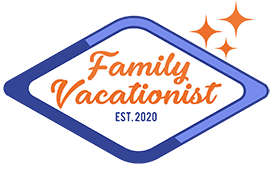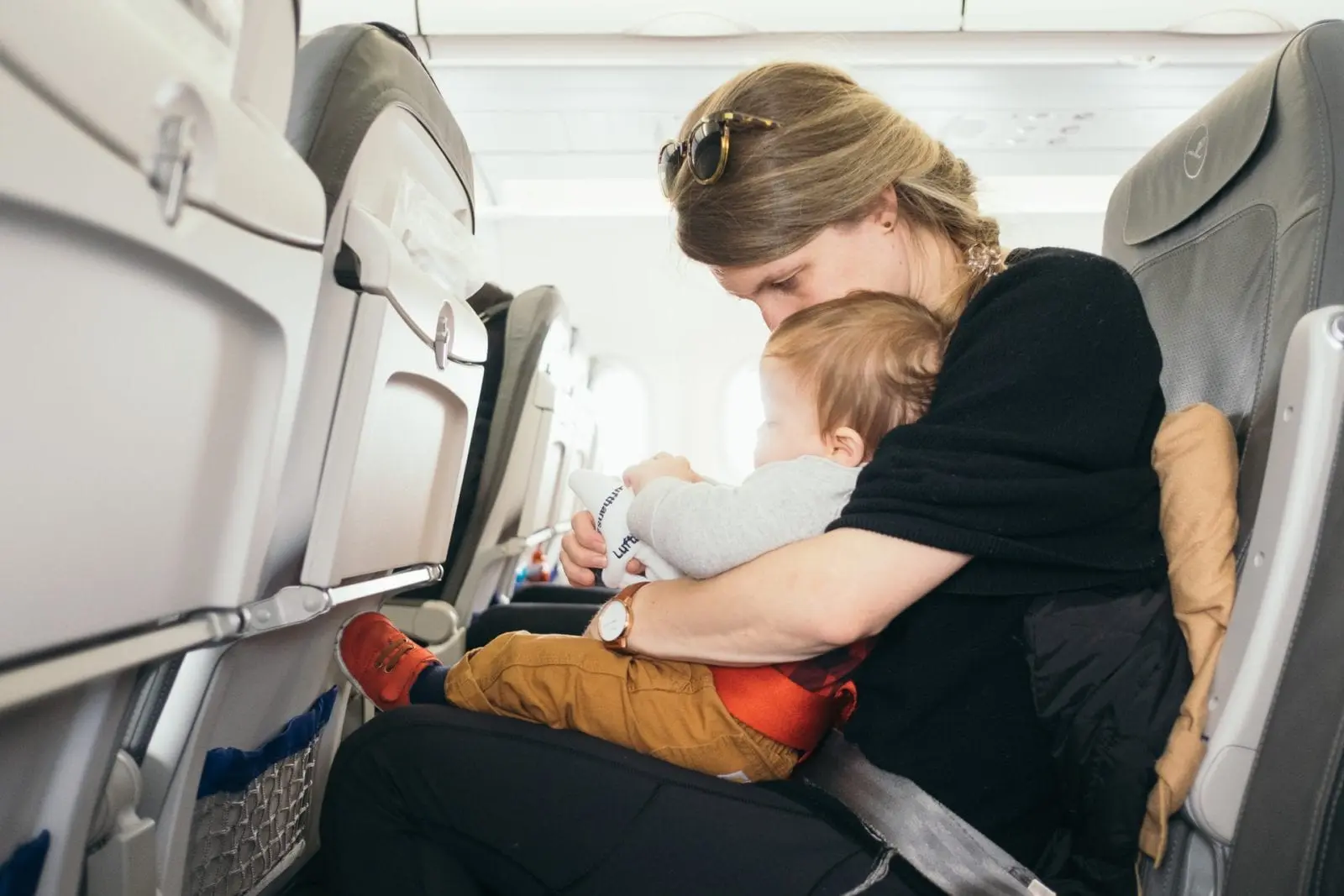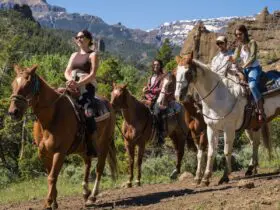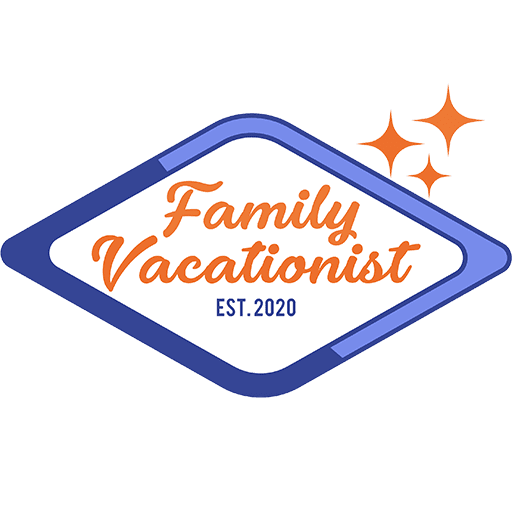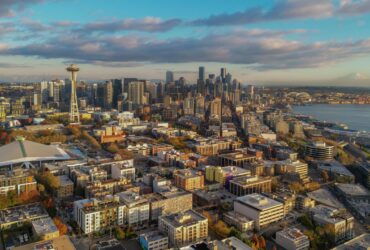Before my daughter’s first birthday, she traveled with me and my husband to three family weddings and one funeral. And on every plane flight to those events, she was on one of our laps. We were young(ish) and not exactly flush with cash, so we admittedly never even considered buying a seat for her. After all, isn’t that one of the perks of flying with a child under two?
But 17 years and many plane flights later (and after a few weeks of major air travel incidents like the Delta Air Lines crash in Toronto), I’m pondering whether I should have done things differently. Children under the age of two are permitted to travel as lap children by the Federal Aviation Administration, but the agency itself says, “The safest place for your child under the age of two on a U.S. airplane is in [an] approved child restraint system (CRS) or device, not in your lap.” A 2019 study by the National Institutes of Health found that unrestrained lap children are prone to in-flight injuries.
LOOK BEFORE YOU BOOK: How to tell if a hotel is ACTUALLY baby-friendly
Is it safe to fly with a baby or toddler on your lap?
“The way I look at it is pretty simple,” says Anthony Brickhouse, associate professor in the College of Aviation at Embry-Riddle Aeronautical University. “Parents have to strap their kids in a car seat driving to the airport if they are below a certain age or certain weight, but yet they can walk onboard an aircraft with that same child and hold that child in their laps the entire flight. If the flight is uneventful, then it’s not an issue. But if you have unexpected turbulence or if you have an accident like what we saw in Toronto, if that child is not strapped down, it’s going to be a problem.”
“Physics tells us an object in motion wants to stay in motion until something acts on it,” Brickhouse explains. “A seat belt is going to hold you in place. When a passenger isn’t strapped in and something happens, that passenger is going to fly until something stops that motion.”
The National Transportation Safety Board has been recommending that the FAA change its policy on lap children for years, but so far no changes have been made. “When the NTSB makes a recommendation, it’s looking at safety and saving lives. When the FAA look at a recommendation, they look at those things, plus they also look at the financial ramifications,” adds Brickhouse.
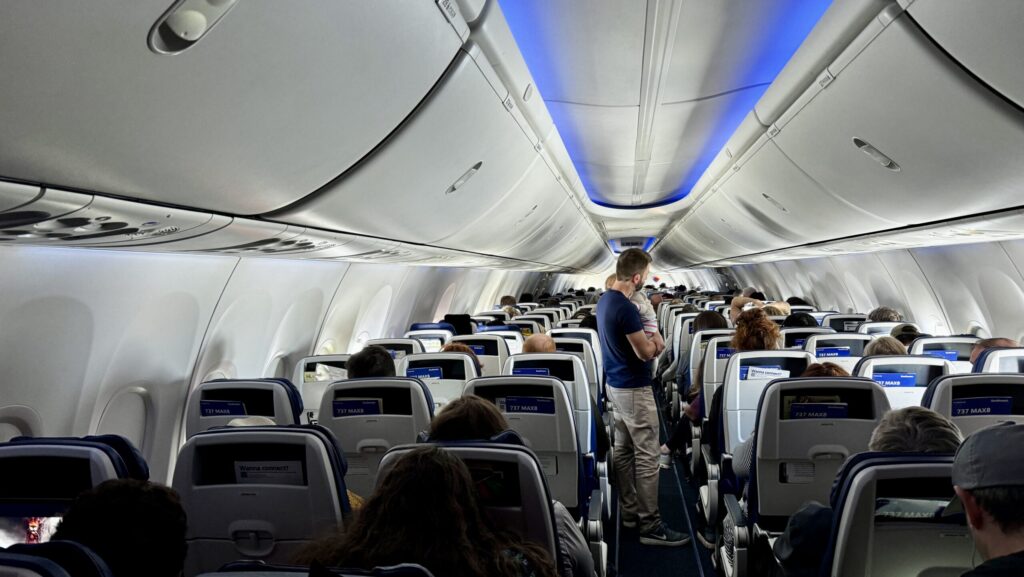
What do parents say about kids in laps?
“I’m squarely on team seat for baby when it comes to air travel,” says Christine Sarkis, editor-in-chief and co-founder of FamilyVacationist and TourScoop and a mom of two. “Yes, it’s an added expense, but so is having a baby. Turbulence is no joke, and the last thing I wanted as a new parent was to end up in a situation where my baby got hurt because I was trying to save money.”
“It’s also practical: Putting the car seat in the baby’s plane seat meant that they had a familiar place to sleep and hang out during the flight,” she continues. “And getting off the plane with a rested baby meant that the vacation got off on the right foot.”
SET SAIL: The best cruise lines and ships for kids under 5
But Dr. Ben Hoffman, the 2024 president of the American Academy of Pediatrics, understands the choice might not be as clear-cut for some parents. “Either the parents can do the safest thing, or they can do the thing they can afford. As a practicing pediatrician, I talk to a gazillion families who’d love to be able to get a seat for their six-month-old, but they can’t afford to do that. It forces parents to make tough choices—but that’s what parenthood is.”
Hoffman points out that even though the Toronto crash got everyone’s attention, incidents like that are extremely rare. Unexpected, severe turbulence is the biggest threat to lap children. “In those circumstances, the force is so great no parent, even Superman, would be able to keep hold of a child. That’s the real risk about lap children.”
Child restraint systems could be an added cost
If you decide to purchase a separate seat for your under-two-year-old, you’ll also need an FAA-approved child restraint system. Many car seats meet that requirement, and you’re likely bringing it on your trip anyway for use in your destination. Just check the owner’s manual or the sticker on the side of the seat to ensure it’s certified for use in an aircraft.
Hoffman says there are benefits to using a car seat even after a child’s second birthday. “A lap belt contacts the body over a very small surface area, just over the pelvis, the hips, and the upper part of the legs. If there is something that happens, all of the force is directed to wherever the belt is touching the human body. A car seat with a five-point harness has a much wider surface area, so it spreads the force more effectively and will decrease the risk of injury from the restraint.”
PACKING MAKES PERFECT: FamilyVacationist’s ultimate baby packing list for new parents
AmSafe’s Child Aviation Restraint System (CARES) device is also FAA-certified for children up to 40 inches tall and weighing between 22 and 44 pounds. But parents should take note that it needs to attach around the circumference of the airplane seat, so it impacts the use of the tray table for the person behind the child. Dr. Hoffman has seen passengers refuse to be inconvenienced like this. “It’s a perfectly fine option, but sometimes the practicality of it is complicated,” he says.
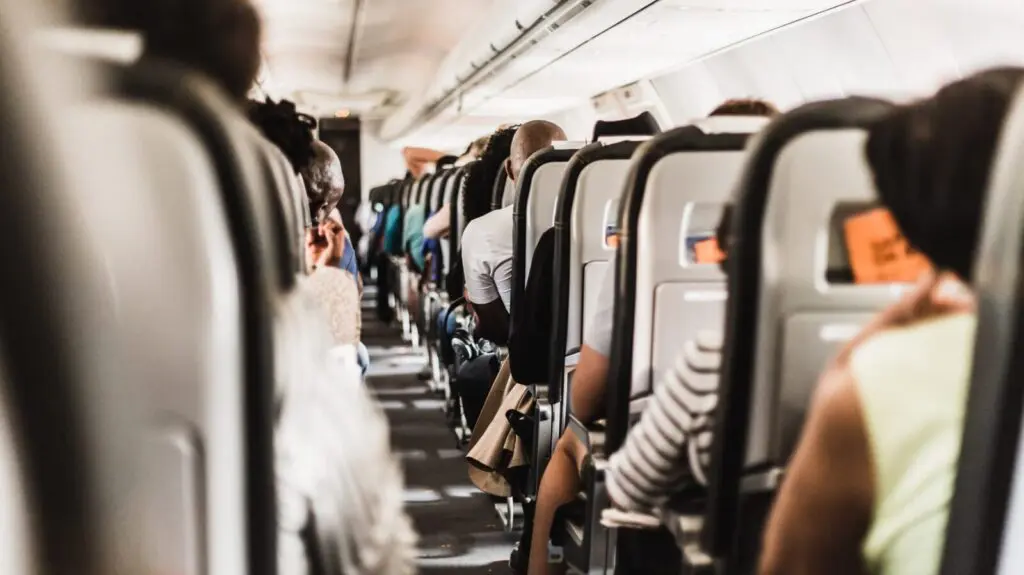
Dr. Hoffman didn’t buy seats for his own children when they were under two due to affordability factors. “It was simply an issue of economics,” he says. “I knew the risk, and we did the best we could with what we had.”
DOCTOR RECOMMENDED: Best sunscreens for babies and toddlers
“It’s important for every parent to assess the circumstances and know how they feel about the risk,” he continues. “The important thing is to know what the options are and make the best informed decision for them and their child. There’s always this tension between what’s the safest and what is realistic, and a lot of that comes down to economics. So you do the best you can with what you’ve got, and it’s important not to guilt parents or shame them.”
The good news is that flying remains a safe way to travel. “Statistically speaking, aviation is the safest mode of transportation out there,” notes Brickhouse. “It has been and it remains so, even in light of the tragedies and accidents we’ve had lately.”
“A person is so much more likely to be injured in the car on the way to the airport then they are on the plane,” says Hoffman. “But very few people are terrified when they get in the car, and a lot of people are terrified when they fly.”
More from FamilyVacationist:
- These are the best airlines for kids and families in the U.S.
- How to sit together on the plane (and get the best seats) when flying as a family
- Flying with a dog? Here’s how to ensure a smooth flight for your pet
- It’s about more than just price: The best hotel booking sites for families and groups

